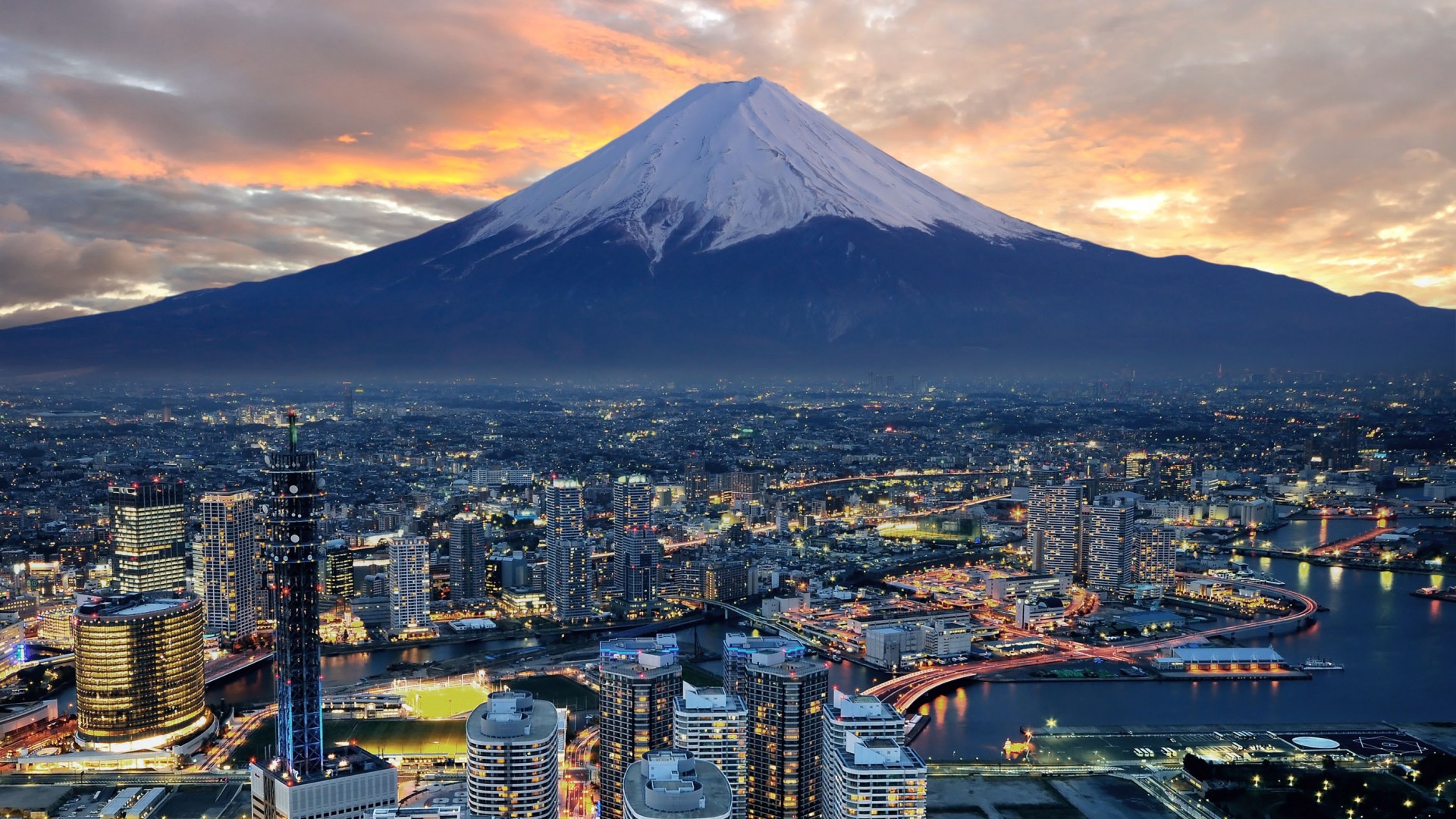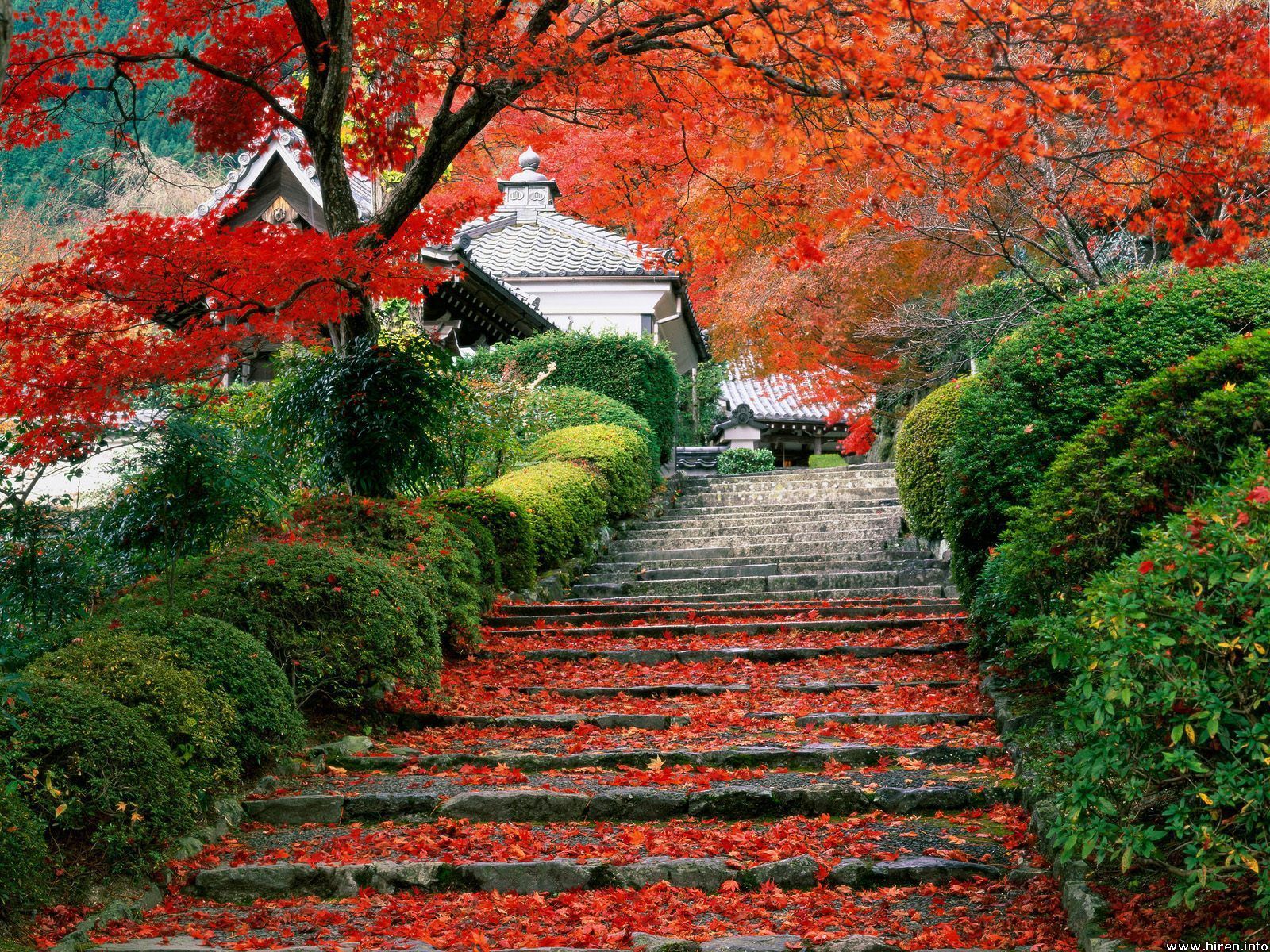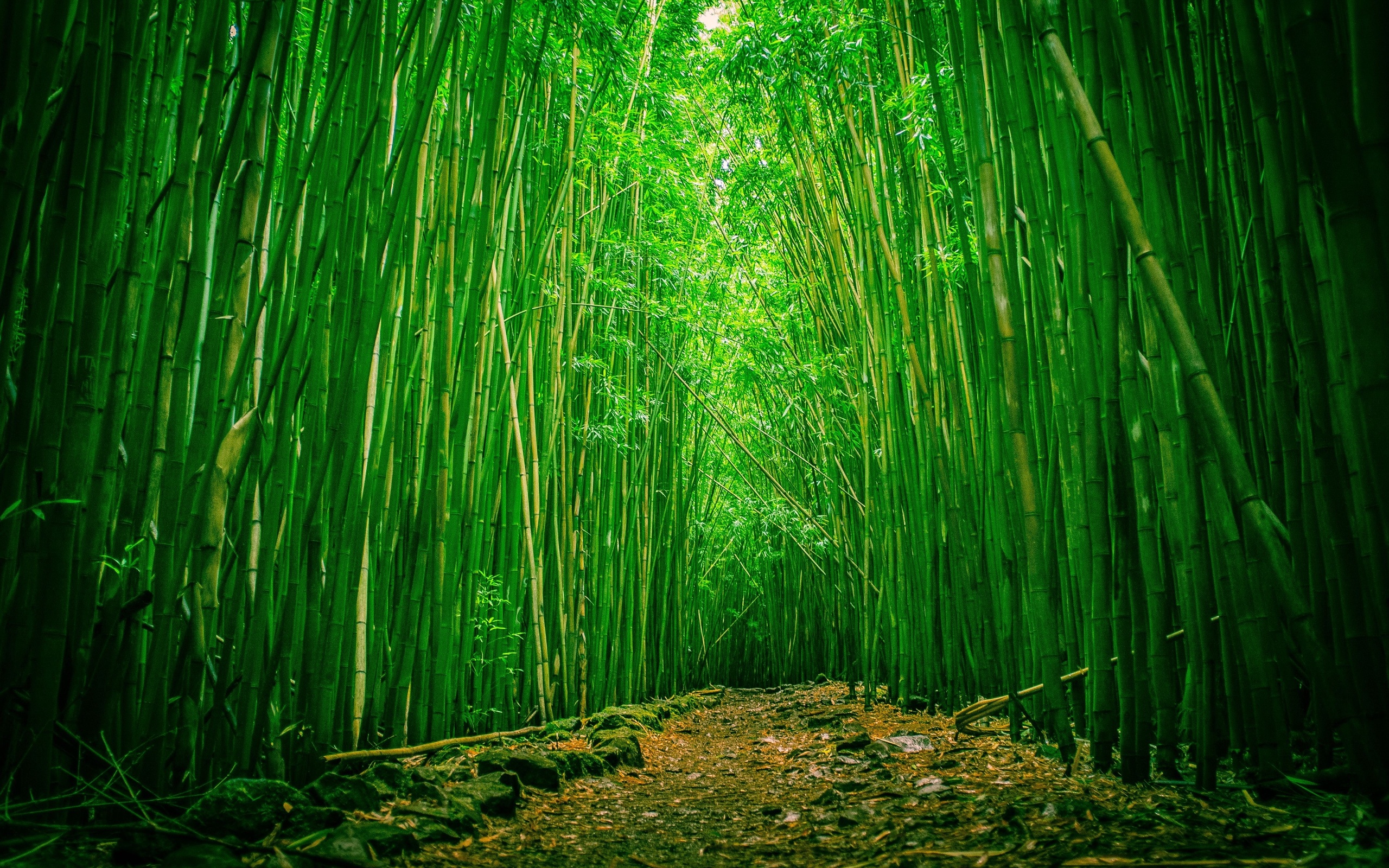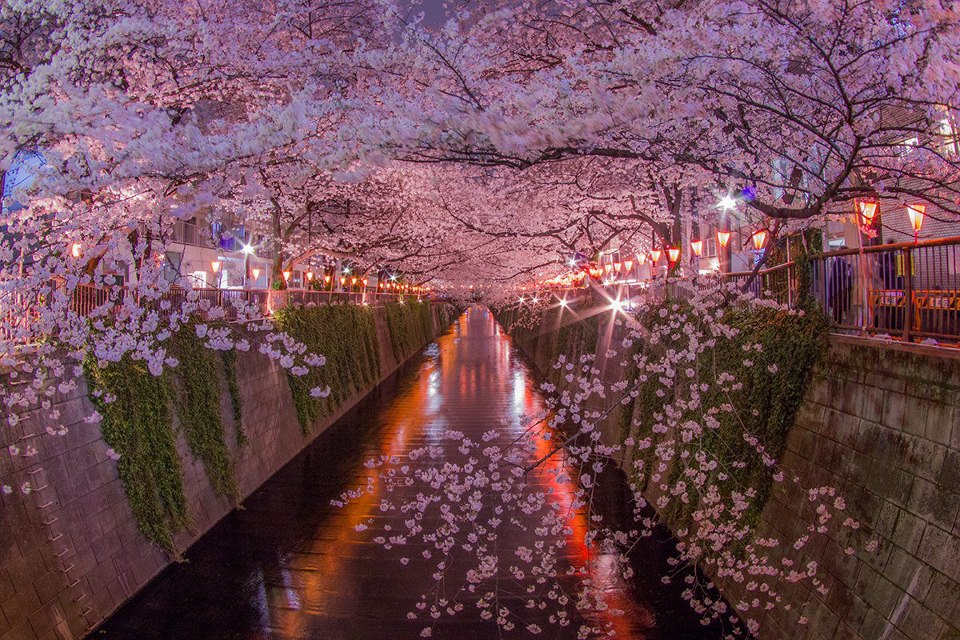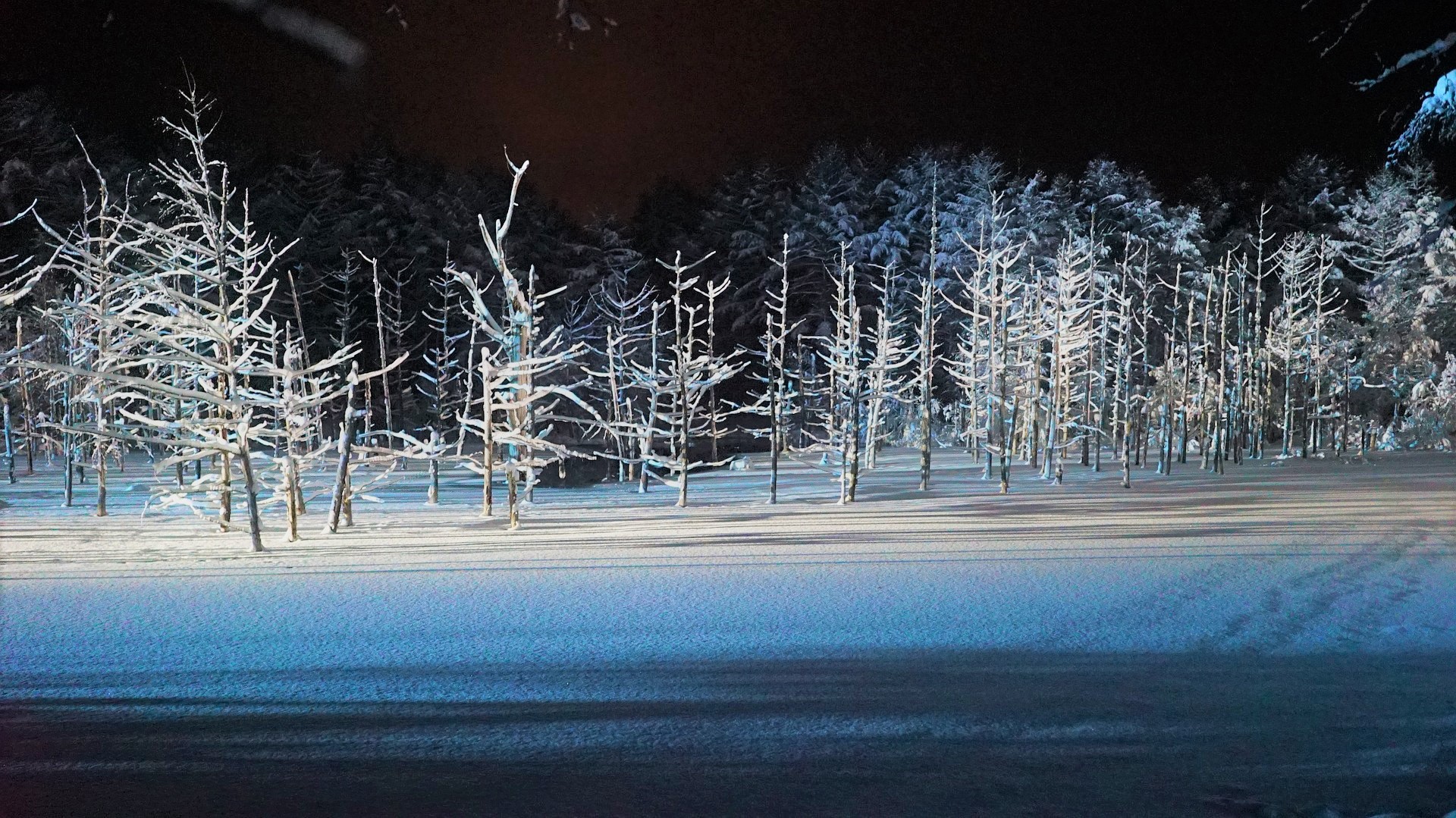Different bowing styels
Japanese society is governed by many subtle norms that are based on respect, authority, hierarchy, and self-discipline, with an emphasis on manners and strong interpersonal relations. The role that Japan’s history has played on the culture’s social dynamics is evident in almost all daily interactions. The people of Japan are incredibly polite and take tremendous pride in their work and personal expression. Conversely, this largely homogeneous society expects a high degree of conformity, and the associated social pressures are, for some, occasionally overwhelming.
Greetings, Good-Byes, and Gratitude
Traditional japanese greetings are among the cultural characteristics that most Americans typically associate with Japanese mannerism. Much like in the US, the salutation depends on the time of day during which it is stated. In the morning, one would say, “ohayo gozaimasu” (good morning), in the afternoon, “Konnichiwa”, and in the evening “Konbanwa” Japanese almost always greet each other by bowing. and when meeting for the first time, use the expression, “Hajimemashite” (which is said when meeting someone for the first time) and occasionally “dozo yoroshiku onegaishimasu.” (a very formal, polite)
Often, the bow is followed by the Western custom of hand-shaking. Nevertheless, it is interesting to note the angle of the bow and the length of time for which the bow is held. The lower and longer the bow, the greater the amount of respect that is being conveyed. Typically, those of higher status and of grater age tend to be on the receiving end of such expressions of deference. Men tend to bow with their hands at the side, and women typically place their hands in front of them. This is a subtle, yet significant difference of which to be aware. Less formal greetings are still in conjunction with a bow, but it is more of a head tilt downward rather than a full movement from the waist.
Bowing is also used to communicate gratitude. one morning on the crowded subway through Tokyo, I offered my seat to an elderly lady. Several times, she motioned her head downward to show appreciation. It is entirely possible, however, that she may have also been slightly embarrassed by my deed sicne women in Japan tend to demonstrate grater deference to men than vice versa.
Expression of himility and apologies also accompanied by way of the bow. Something as simpple as bumpting into someone on a crowded subway is usually followed with a slight bow and the statement, “sumimasen” Although I did not personally witness any such interactions, a more profound apology for a greater wrongdoing results in a deeper, longer bow.
